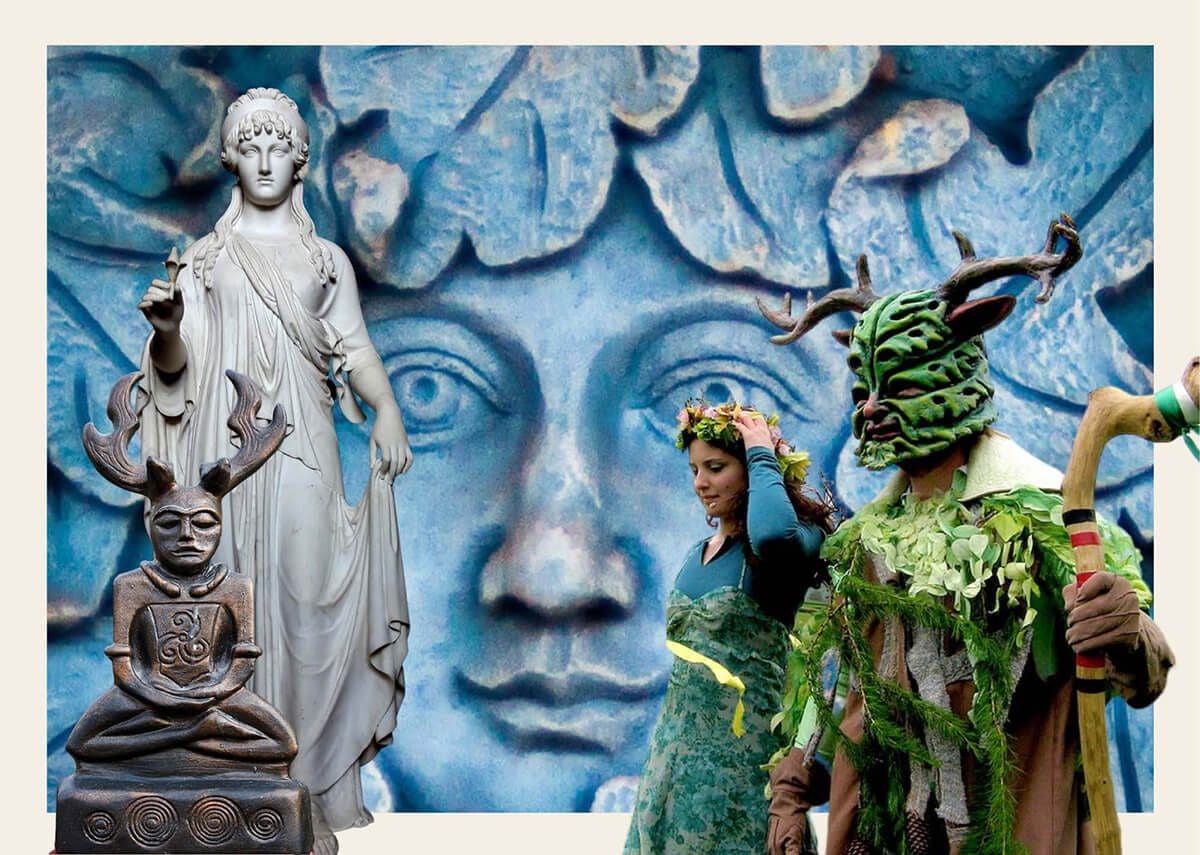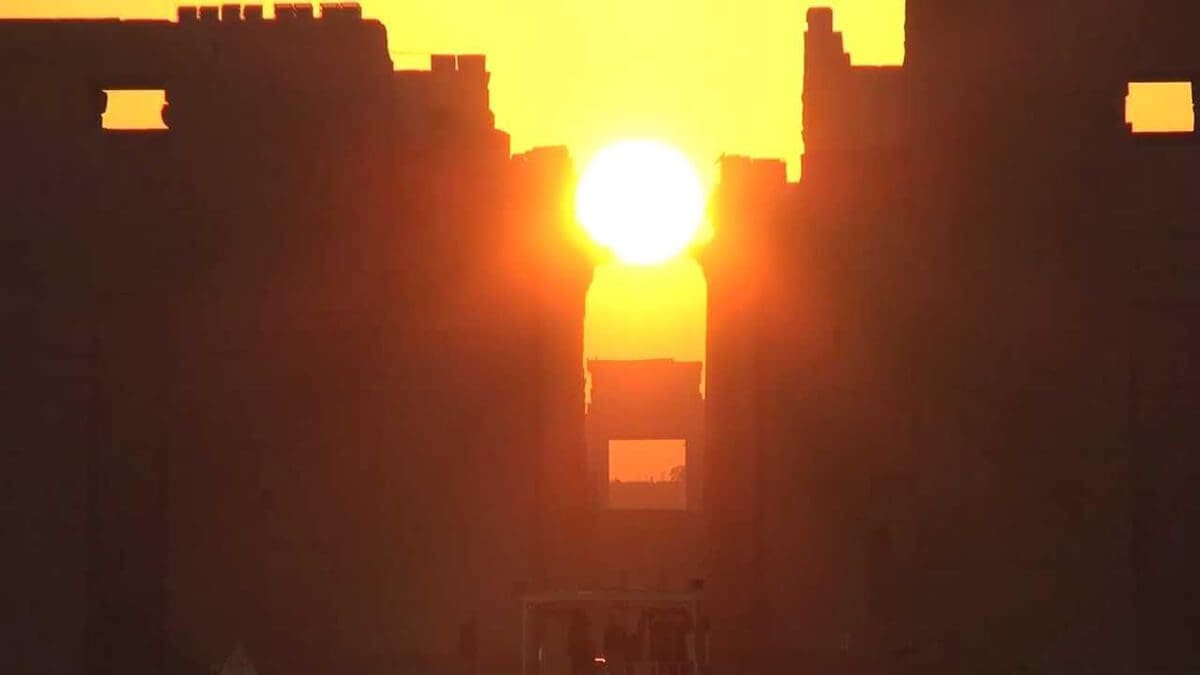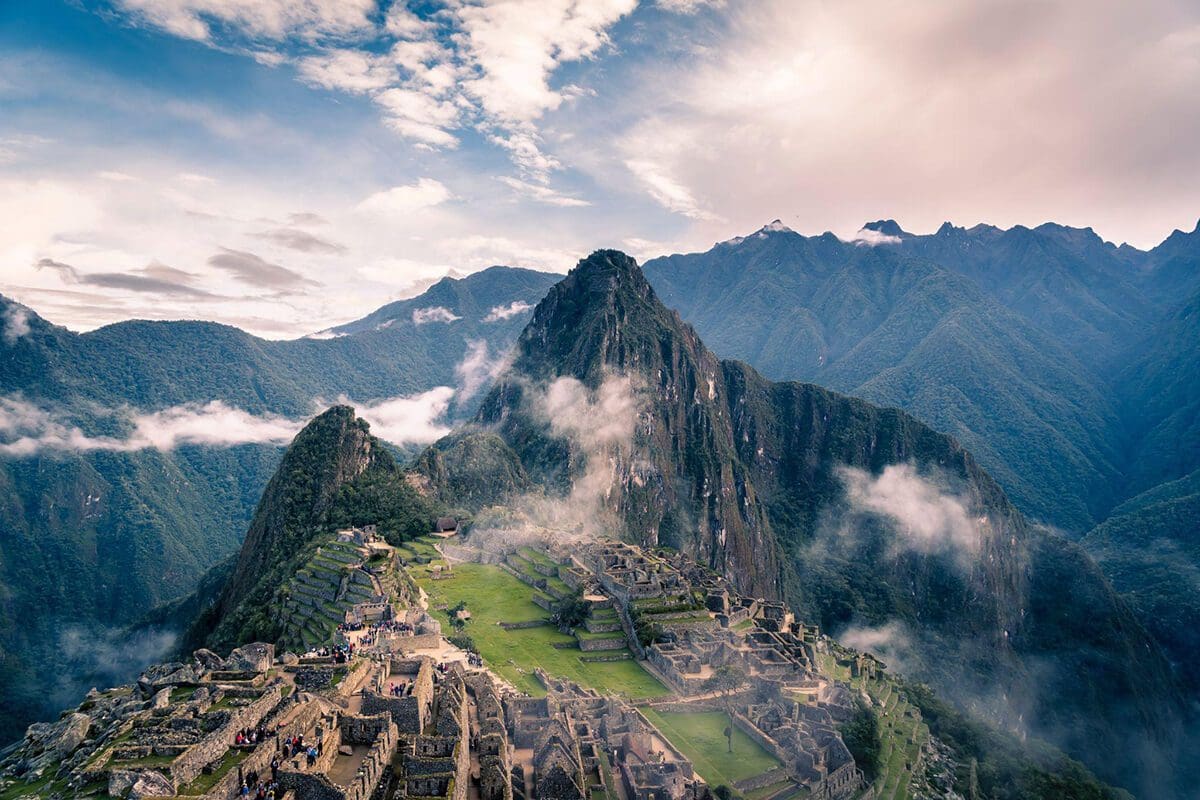June is Summer Solstice in the Northern Hemisphere, herolding in the maximum tilt of the north pole towards the sun making it the longest day of the year. Although Summer Solstice in the Southern Hemisphere falls in December since the seasons are opposite.

In the more ancient traditions and religions, Summer Solstice is also known as “Litha” which is one of the eight sabbats celebrated during the year. The Celtic traditions often celebrated Litha by lighting bonfires at the top of hills in the center of town so the whole village could see the flames and celebrate with music, dance, and general merriment.
The bonfires represented the fierce battle between light and dark that would occur between the summer solstice (Litha) and the winter solstice (Yule) when the powers or seasons shifted. It was the battle between The Oak King, who represented the sun and daylight, and reigned from Yule to Litha, and The Holly King who reigned from Litha to Yule. The Holly King wins the battle at Litha which is the beginning of when the light begins to fade as it transitions from summer to winter, Litha to Yule. In Litha the sun reaches its peak and begins to wane into the darkness of the coming winter months.
Summer Solstice Customs
There are several rituals, customs, and traditions that are celebrated during the Summer Solstice and Litha:
- Bonfires are lit to celebrate the light and the sun at its peak moment of the year
- Oak trees are celebrated by tying bright ribbons to them in acknowledgement of the Oak King who, like the oak tree, represents courage, great strength, patience, tolerance, and stamina. The bright ribbons are wound around the tree in acknowledgement of the turning of the yearly cycles and seasons. In the Celtic tradition the majestic oak tree is also considered a symbol of standing in the doorway of the transition into winter, and a time of waning energy.
- Mistletoe and herbs were also used by the Celtic people and the Druids of the time. Since mistletoe grows in oak trees, it is also considered sacred, especially during Litha when we are considered to be at the height of our power. Herbs and mistletoe were gathered by the Druids to make cures for infertility, poisonings, menstrual cramps, spleen disorders, and ulcers, among other ailments.
- And of course it is the time of year where all is in bloom and the bees are out in their height of production. Honey that is gathered on the day of summer solstice/Litha was considered to be highly powerful as it was considered to be perfectly balanced for medical cures along with treating infertility.
Most cultures around the world celebrate the summer solstice in one form or another.
Native American Warriors celebrate by performing The Sun Dance in honor of the longest day of the sun, while also bringing them visions during this ritual.
The Romans celebrated “The Vestalia Festival” named after the Goddess Vesta who protected women’s virginity. Better known as the “Vestal Virgins”, these women were required to swear their loyalty and chastity to the Goddess Vesta for up to 30 years and to protect the eternal sacred flame within the Vestal Temple that was never known to go out. The Vestal temple was opened to all women for the first 2 weeks in June. Although the Vestal Virgins was known to have been a thriving religion for over a thousand years, it was abolished due to the influence the Catholic Church had over Emperor Theodosius 1 at the time.
The Vestal religion was the only religion, and still is to this period in history, that was exclusive to women. Although in 394 AD the fires of the Temple were extinguished, never to be lit again, what is interesting is that the eternal flame of the Vestal Temple was considered to be tied to the security and prosperity of the Roman Empire. The Roman Empire fell in 476 AD, 82 years after the Temple was shut down.
 Atrium Vestae reopens fully as part of the new Roman Forum itinerary. Photo by WantedinRome
Atrium Vestae reopens fully as part of the new Roman Forum itinerary. Photo by WantedinRome
Ancient Sites connected to the Summer Solstice
Summer Solstice along with the Equinox have been considered a highly sacred time of the year for thousands of years now. This fact is marked by numerous ancient sites all over the world which were specifically built to be planetarily aligned with both the Solstice and the Equinox.
 Winter Solstice sunrise in the Temple Karnak, Luxor Egypt. Photo by Sacredsitesinstone
Winter Solstice sunrise in the Temple Karnak, Luxor Egypt. Photo by Sacredsitesinstone
Some of the more well known sites are:
- Stonehenge – England
- Newgrange – Ireland
- Machu Picchu – Peru
- Chaco Canyon – New Mexico
- The Great Sphinx and Pyramid of Khafre – Egypt
- Maeshowe – Scotland
- Tulum – Mexico
- The Temple of Karnak – Egypt
 Machu Picchu. Photo by Willian Justen de Vasconcellos
Machu Picchu. Photo by Willian Justen de Vasconcellos
How to celebrate Summer Solstice yourself
These locations are only a small portion of the sacred places that were built to worship the Summer Solstice around the world many thousands of years ago. In the vein of keeping with tradition, consider spending as much time as you can during the month of June to celebrate yourself, your family, and those you love.
- Spend time in nature
- Be outside as much as possible with family and friends
- Meditate
- Build a safe bonfire if that is allowed in your area
- Do some gardening
- Set new intentions while lighting candles
- Create new goals
- Establish new and healthy routines and personal boundaries
From the Hopis, Egyptians, Ancient Mesopotamians, Caribbean Islanders, to the Norwegians, just to name a few, have been celebrating the Summer Solstice with simple rituals of lighting candles with personal intentions for what they want to manifest moving forward. Since fire and the sun’s light is the main theme of Summer Solstice, lighting candles is a great way to celebrate, set personal goals and intentions, and honor this very sacred time of the year.




